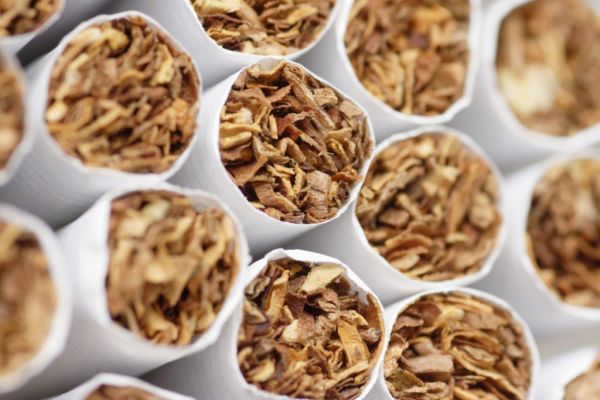U.S. consumer spending rose steadily in December, but tepid income gains pointed to moderate consumption growth this year, which together with slumping business investment likely set the economy on a slower growth path this year.
While the latest report from the Commerce Department also showed monthly inflation picking up last month, price pressures remained muted.
The Federal Reserve left interest rates unchanged last Wednesday and could keep monetary policy on hold at least through 2020.
Consumer spending, which accounts for more than two-thirds of U.S. economic activity, increased 0.3% last month as households spent more on health care after an unrevised 0.4% rise in November.
Last month's increase in consumer spending was in line with economists' expectations. For all of 2019, consumer spending increased 4.0% after advancing 5.2% in 2018.
Fourth Quarter
The data was included in the gross domestic product report for the fourth quarter. The government reported that growth in consumer spending slowed to a 1.8% annualized rate last quarter after expanding at a brisk 3.2% pace in the July-September period.
The economy grew at a 2.1% rate in the final three months of 2019, matching the third quarter's pace.
Though growth will likely slow this year, with business investment mired in weakness, a recession is not expected in the near term as the economy draws support from the Fed's three rate cuts last year.
Fed Chairman Jerome Powell told reporters on Wednesday that he expected "moderate economic growth to continue" but also acknowledged some risks, including the recent coronavirus outbreak in China.
Powell said also said "while low and stable inflation is certainly a good thing," persistently low price pressures could "lead longer-term inflation expectations to drift down."
Consumer Prices
Consumer prices as measured by the personal consumption expenditures (PCE) price index rose 0.3% last month, the biggest gain since April. The PCE price index was driven by a 1.5% surge in the cost of energy goods and services prices. Food prices were unchanged.
The PCE price index edged up 0.1% in November. In the 12 months through December, the PCE price index increased 1.6%, the biggest gain in a year, after climbing 1.4% in the 12 months through November.
Excluding the volatile food and energy components, the PCE price index increased 0.2% last month after edging up 0.1% for the previous four months. That lifted the annual increase in the so-called core PCE price index to 1.6% in December from 1.5% in November.
Spending
When adjusted for inflation, consumer spending nudged up 0.1% in December after rising 0.3% in the prior month. That likely sets a lower base for consumer spending in the first quarter.
Personal income gained 0.2% last month after an increase of 0.4% in November. There was a $36.2 billion decrease in farm proprietors' income, reflecting a drop in subsidy payments to farmers caught in the 18-month U.S.-China trade war. Income increased 4.5% in 2019 after surging 5.6% in 2018.
Wages increased 0.3% in December after rising 0.4% in the prior month. With income growth lagging consumer spending, savings fell to $1.28 trillion last month from $1.30 trillion in November.
News by Reuters, edited by ESM. Click subscribe to sign up to ESM: European Supermarket Magazine.














